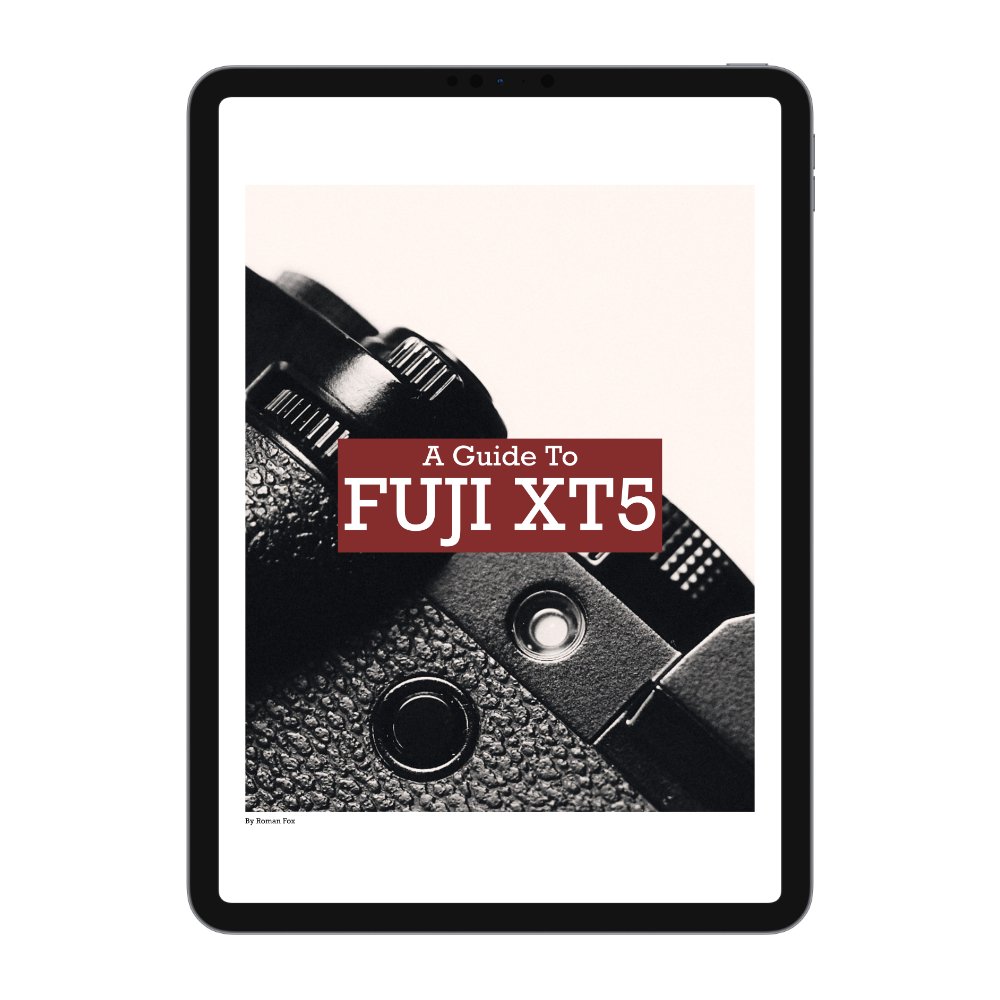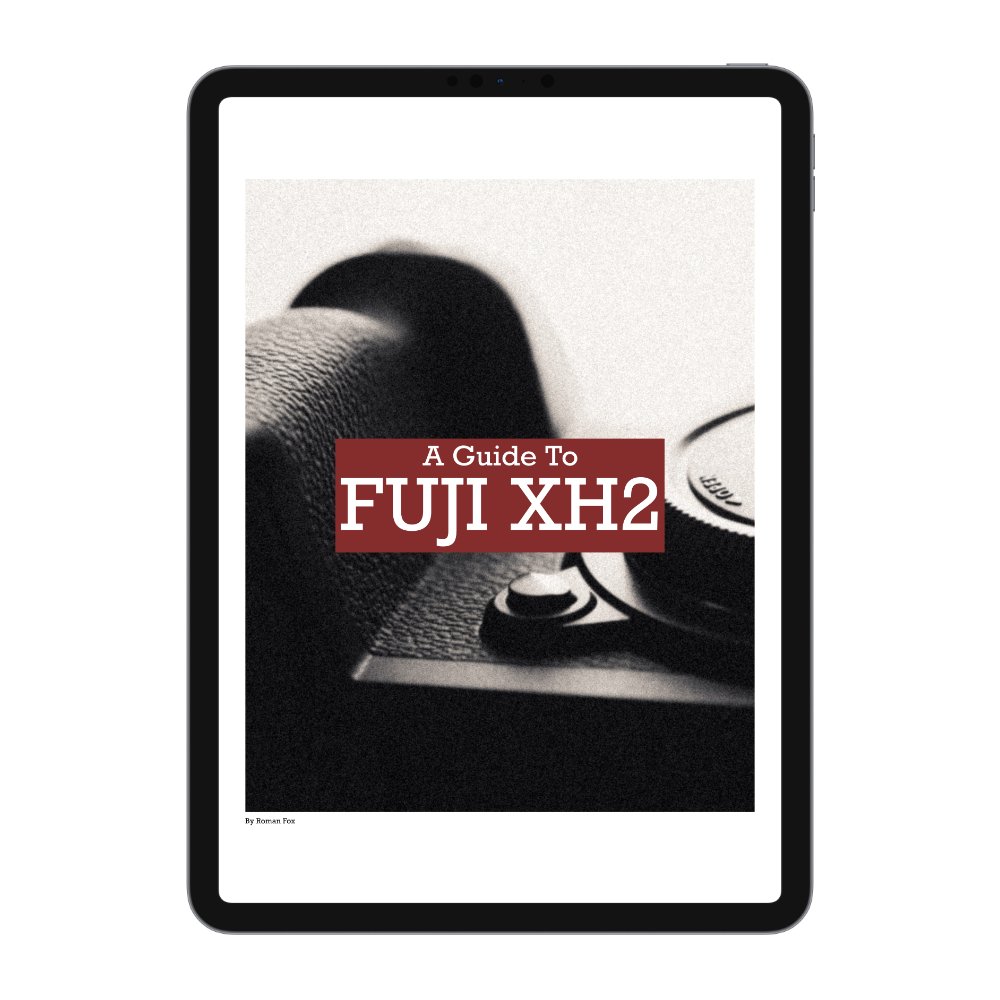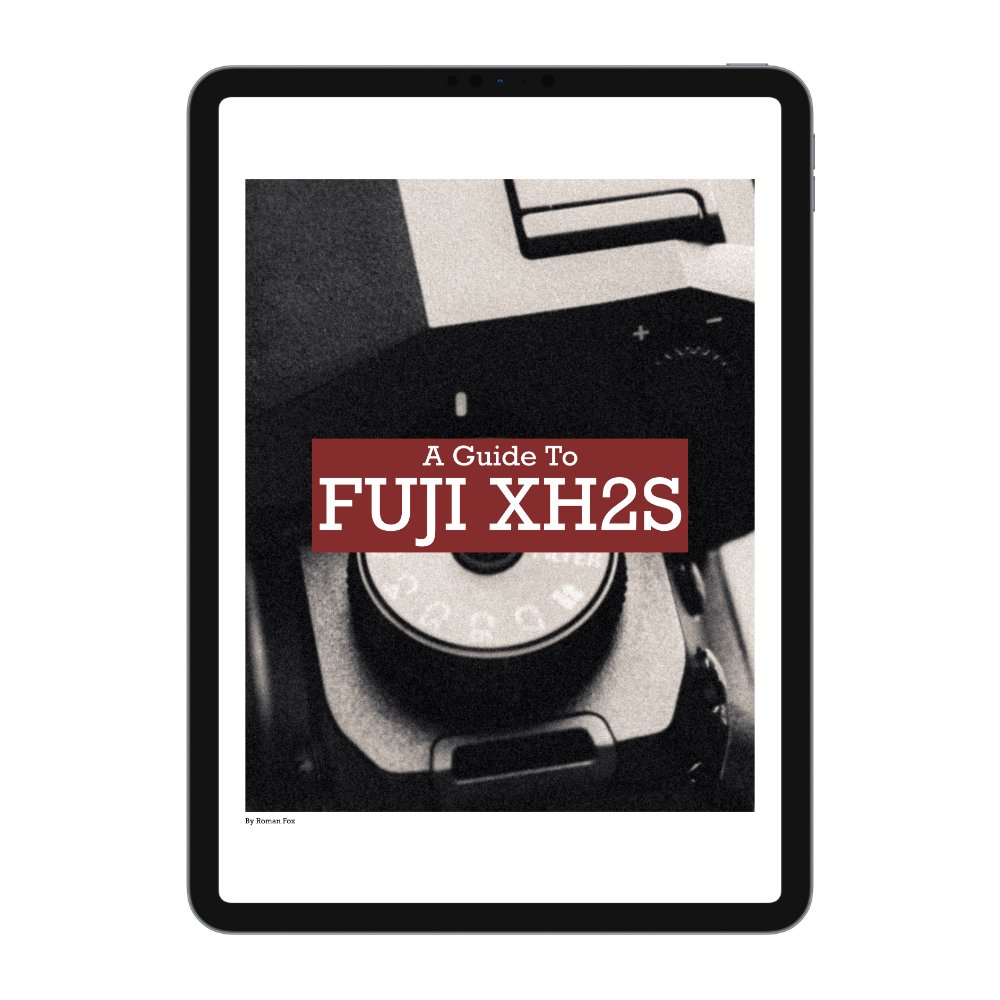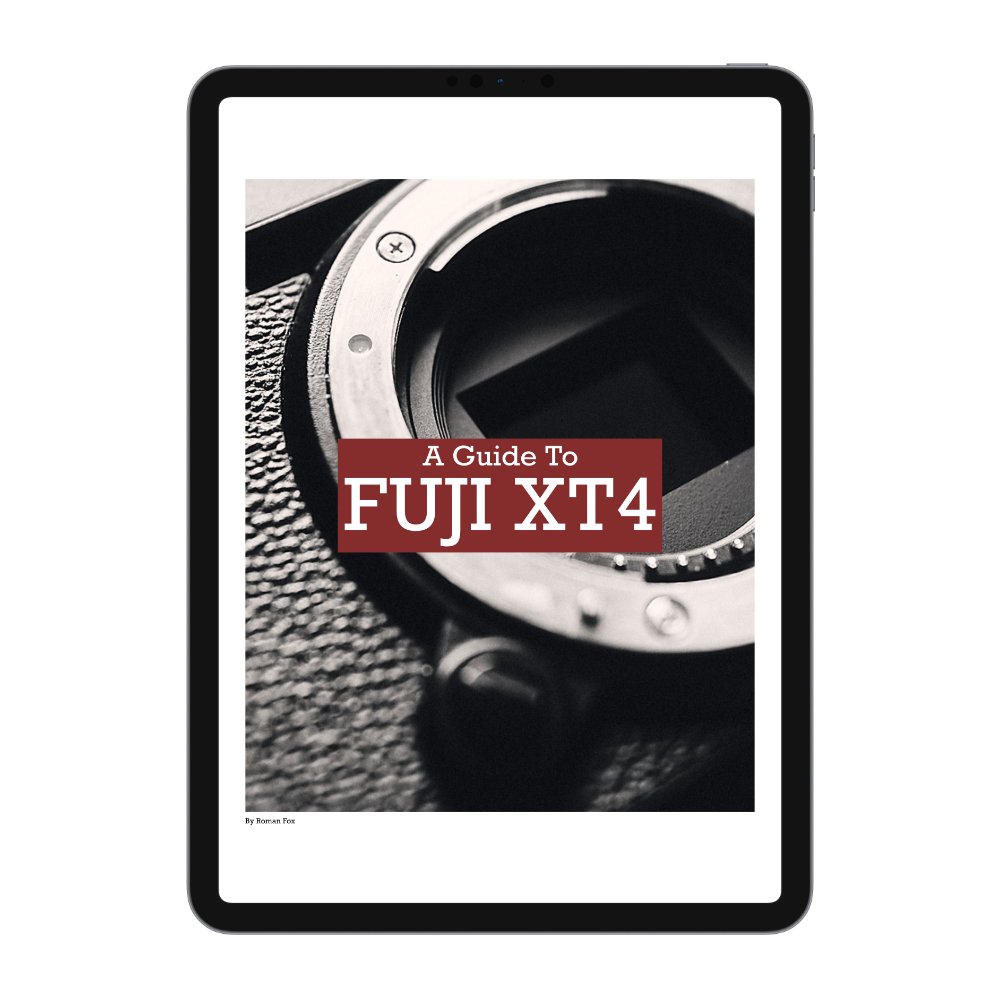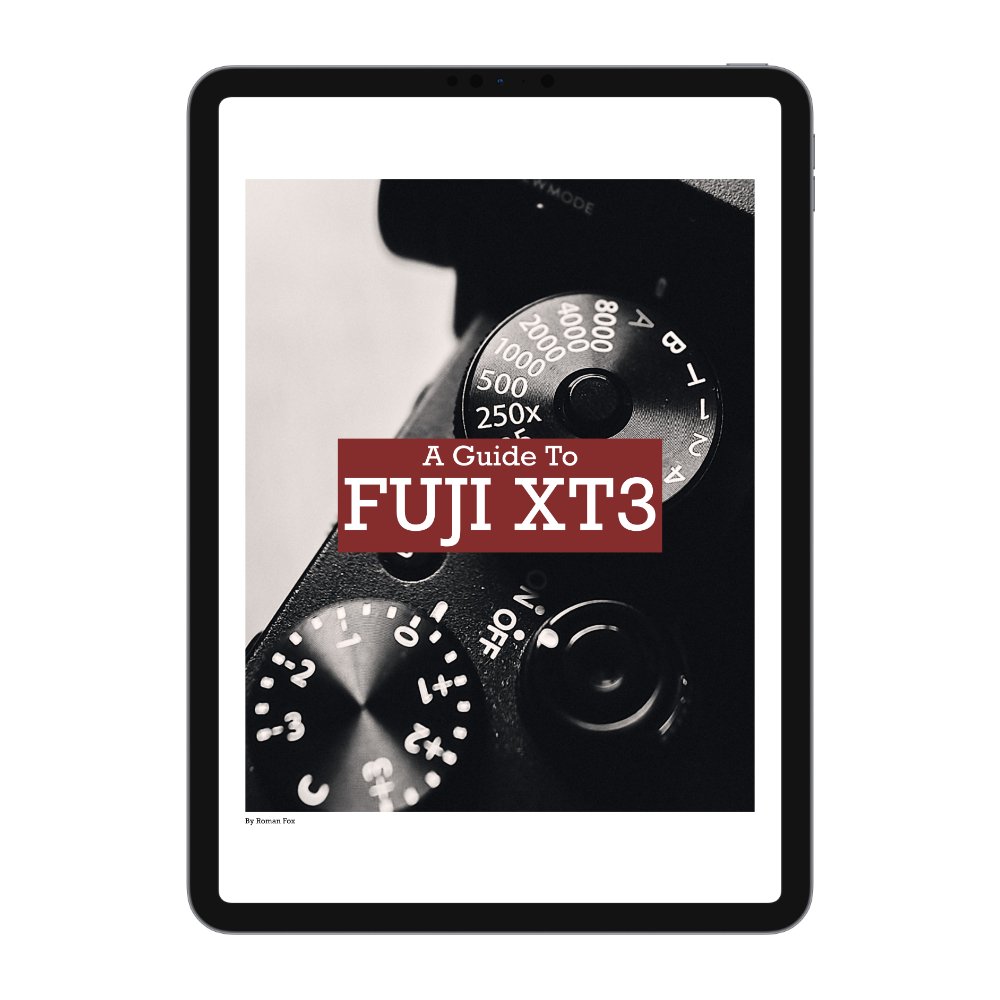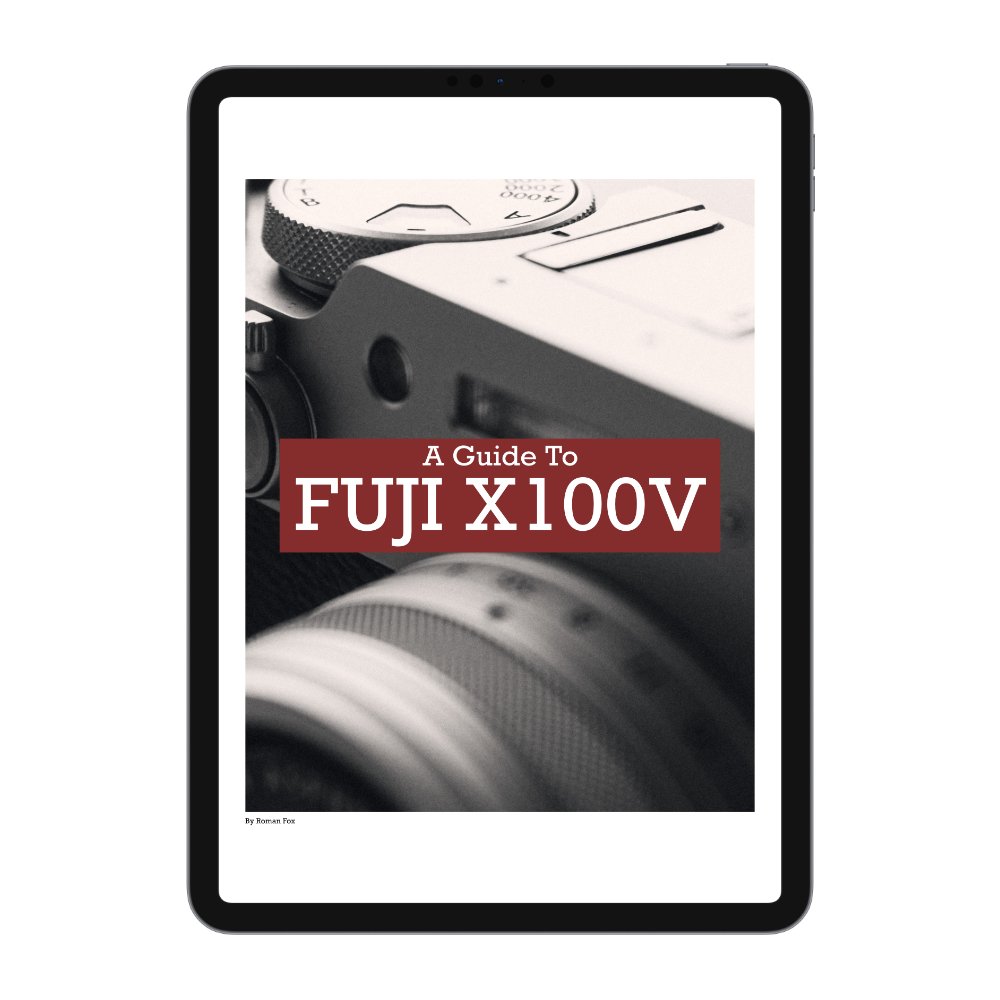Only Two Types Of Cameras
Over the last five years, I’ve been very lucky to own and use a selection of different cameras. In the past 12 months, I’ve ventured away from using just one brand (Fujifilm) and experimented with others such as Sony, Leica, Ricoh, and Hasselblad. As it stands, I’m in the fortunate position of owning a Sony A7RV as my main photo/video workhorse, as well as a Fuji X100VI, Leica Q3, Ricoh GR IIIx, and a Hasselblad X2D. One would think I’d always gravitate towards the more user experience focused models and leave the Sony behind. However, I’ve found that’s not the case at all.
After reviewing my own camera journey and reflecting on what I’ve used the most, I’ve come to the conclusion that there are two types of cameras. In this blog, I’ll explain what I mean by that, and hopefully help you figure out which type fits you best.
When I used to shoot exclusively with Fuji gear, I had three cameras: the Fuji X-H2S, X-T5, and X100VI. I initially went with Fuji for the top dials, the user experience, and the fun factor. Of course, the colours, decent-enough autofocus, and solid video features also kept me in the system. At no point did I try to evenly balance my time between cameras, I simply picked up whatever I felt like shooting with.
At first, the X-H2S was mainly a video camera. It felt like the least ‘Fuji’-like model because of its design and layout. But over time, I noticed around 80% of my photography happened on the X-H2S, 15% on the X-T5, and just 5% on the X100VI. I didn’t fully understand why, until I realised that the X-H2S was the only camera that truly got out of my way and let me focus purely on being creative. The other two pulled me into the process of using the camera almost as much as the photography itself.
Fast forward to today, and I’ve found myself in exactly the same situation with my current gear. You’d think the Leica, Hasselblad, or even the X100VI would get the most use. After all, they’re designed to offer a premium user experience. Meanwhile, the Sony is often labelled a ‘tool’, and to some, even ‘soulless’. Yet I keep gravitating back to the Sony for the same reason as before, it gets out of the way and lets me focus on what’s in front of me.
The A7RV powers on instantly, nails focus exactly where I want it, and doesn’t hesitate or miss a beat. It’s endlessly customisable, with function buttons that let me adapt instantly to different shooting scenarios. For instance, I can be in aperture priority mode, and with a quick press-and-hold of a custom button, I’m instantly in shutter priority with a pre-set shutter speed and wide zone autofocus. That kind of flexibility means I can react to moments—like capturing motion blur—without fiddling with dials and menus. With the Sony, I’ve gotten the shot. With the others, I’ve often missed it. This mostly applies to the XH2s too, minus the autofocus.
Autofocus on the other cameras can be a gamble. The Leica and Hasselblad, in particular, can take up to five seconds to power on, sometimes three, occasionally just one, but then five again. The Sony and X-H2S are covered in customisable buttons and prioritise function. The others? Minimal, stylish, and beautiful, yes, but far less practical.
So, if my main focus is capturing the best images possible, the A7RV is the clear choice. But if I want to enjoy the process of using a beautifully crafted camera, and I’m okay sacrificing practicality, the Q3, X100VI, and X2D are the way to go. As it stands today, I take around 80% of my photos on the Sony.
What does this mean for you? Before investing in a system, ask yourself: do you want a complex, perhaps ‘boring’ camera that steps out of your way (like the X-H2 or A7R)? Or do you want a beautifully simple system that prioritises how it makes you feel, even if that comes with a few functional trade-offs (like the Q3 or X100VI)?
In a perfect world, you’d own both, and pick whichever suits your mood or needs that day. But if you can only have one, it’s definitely something worth thinking about before splashing 1000s on a system.









